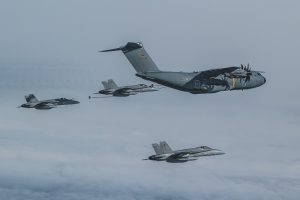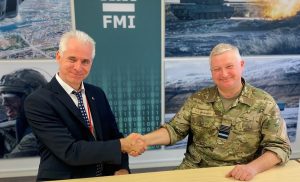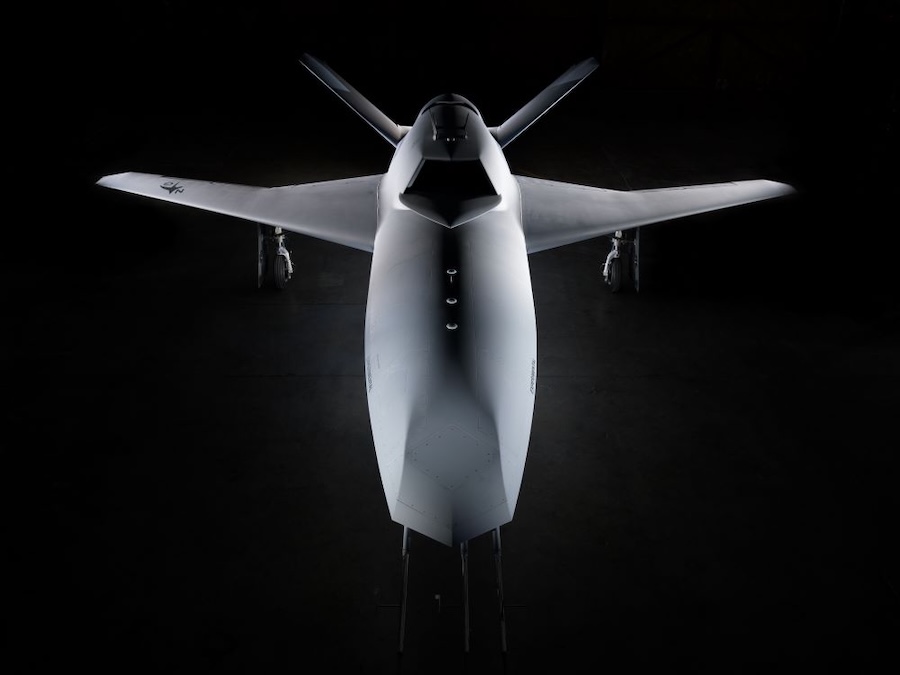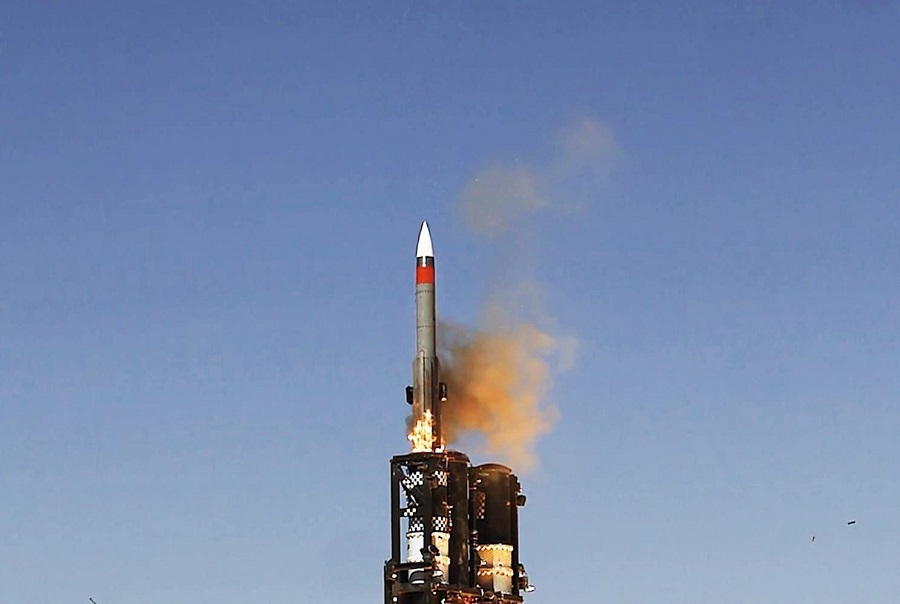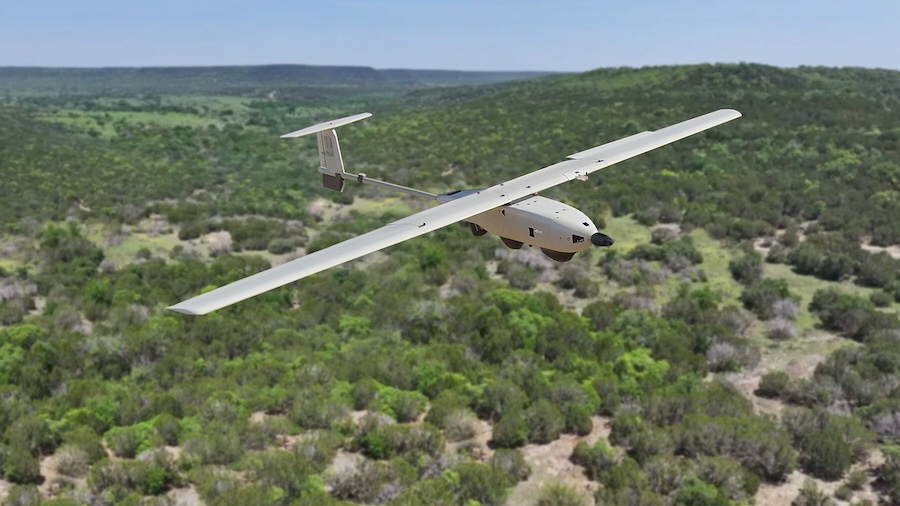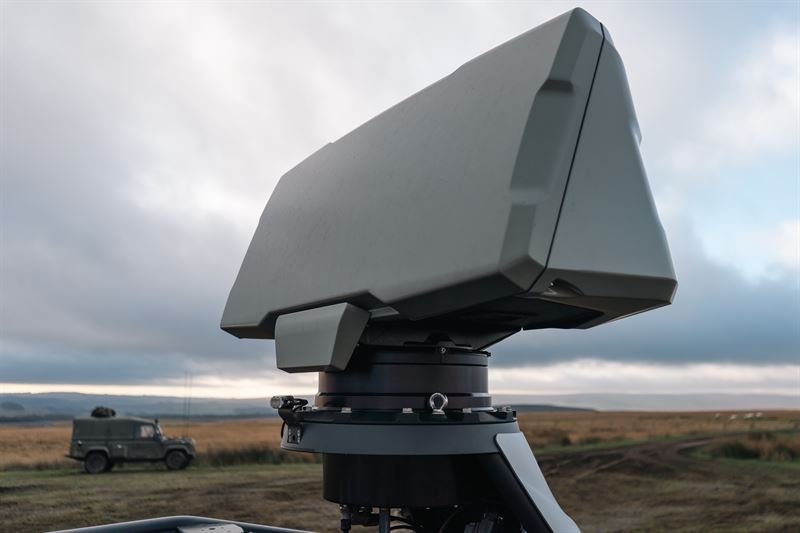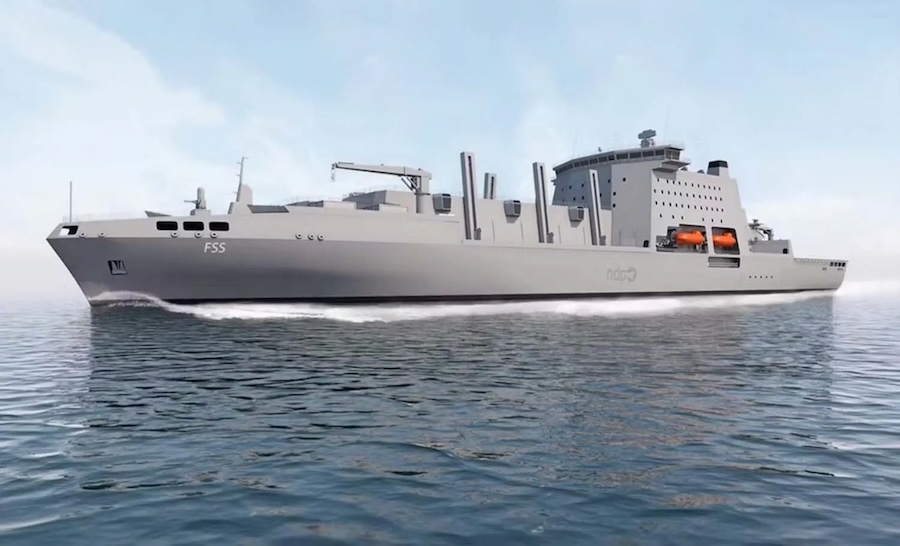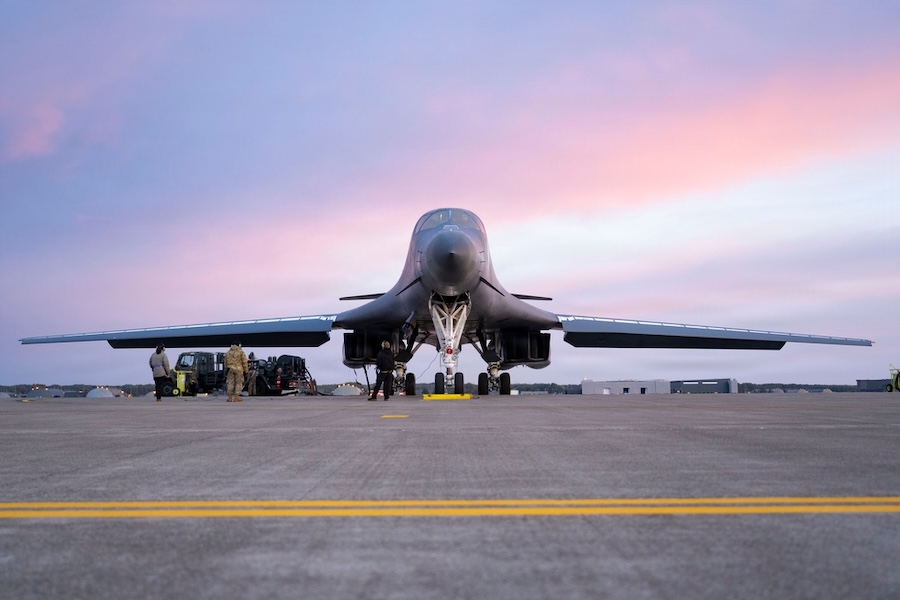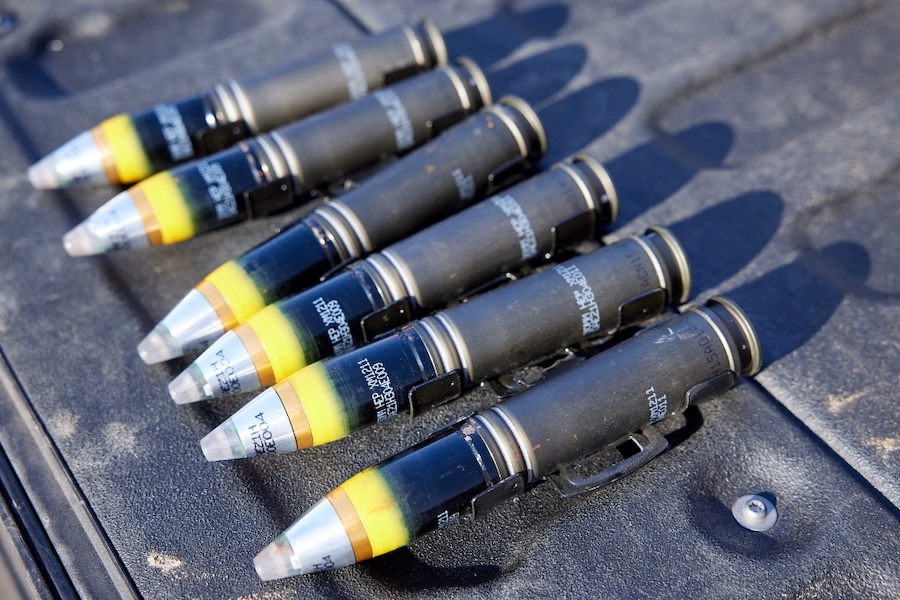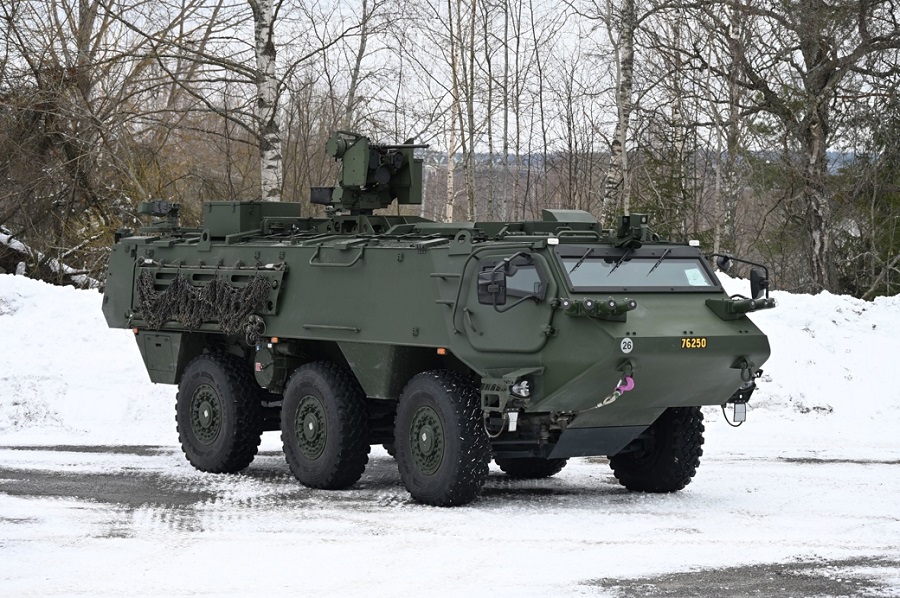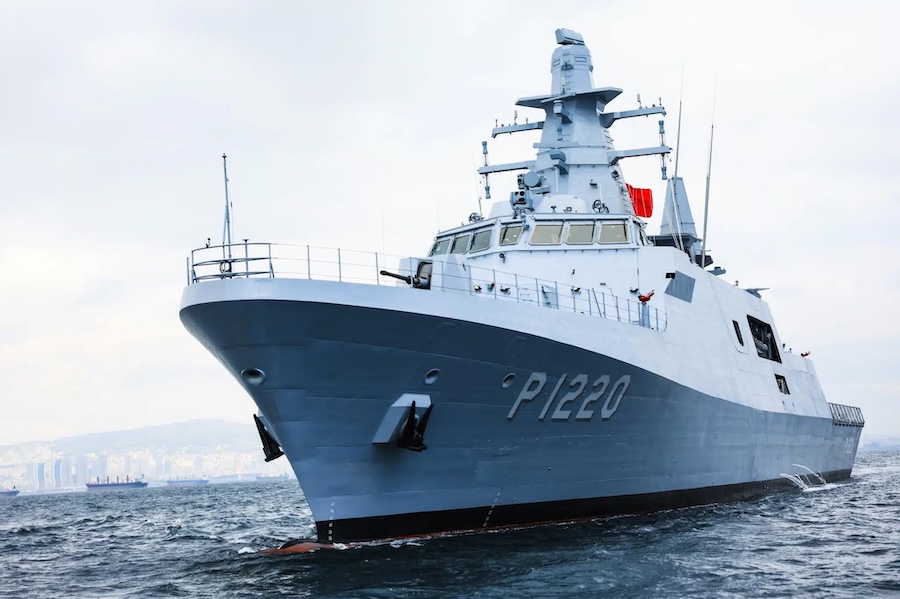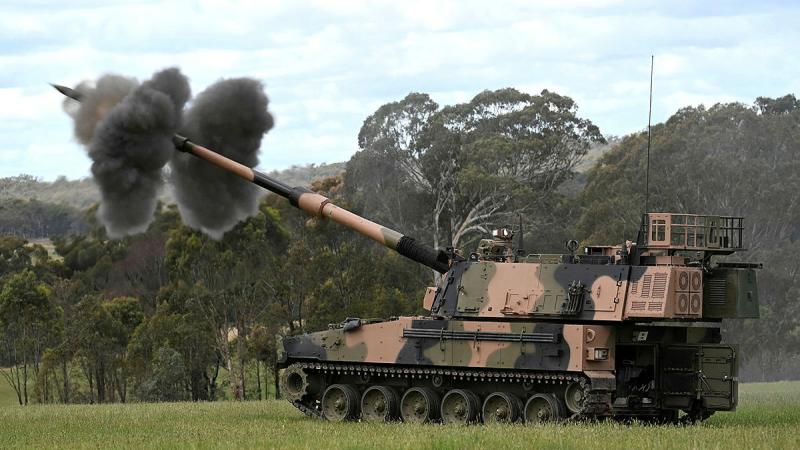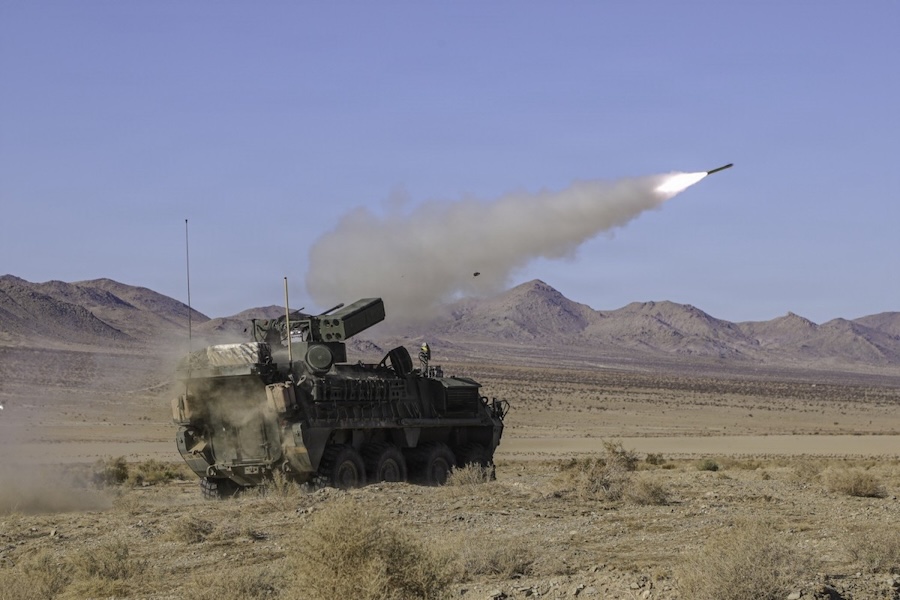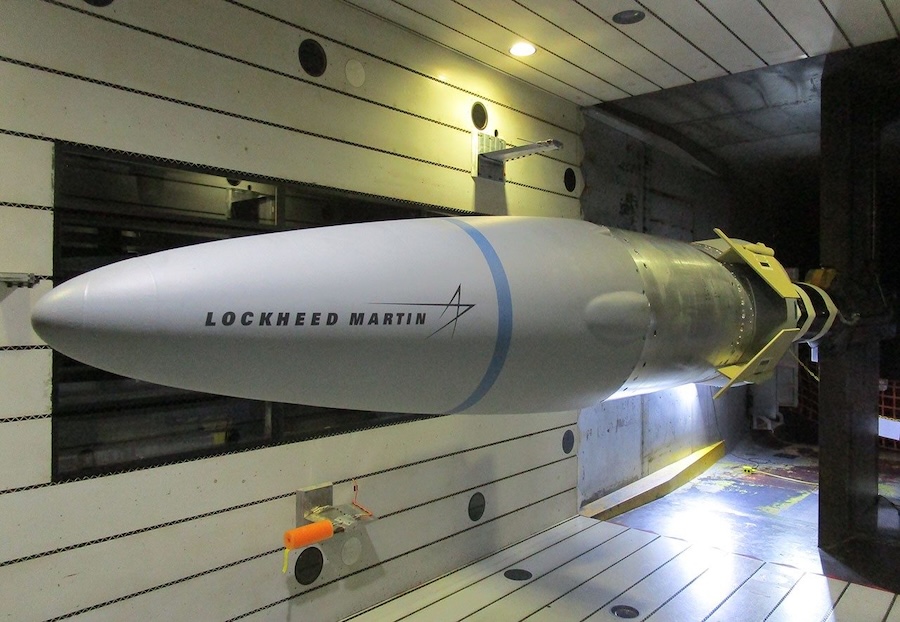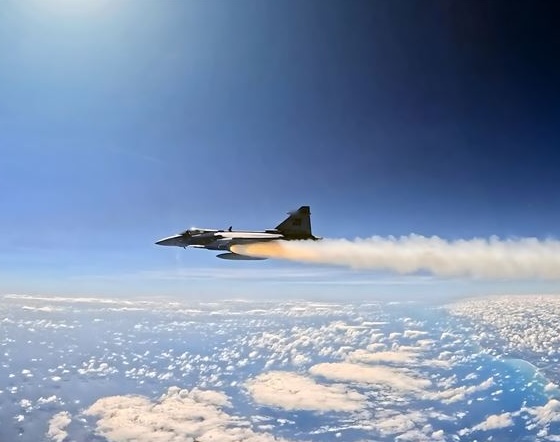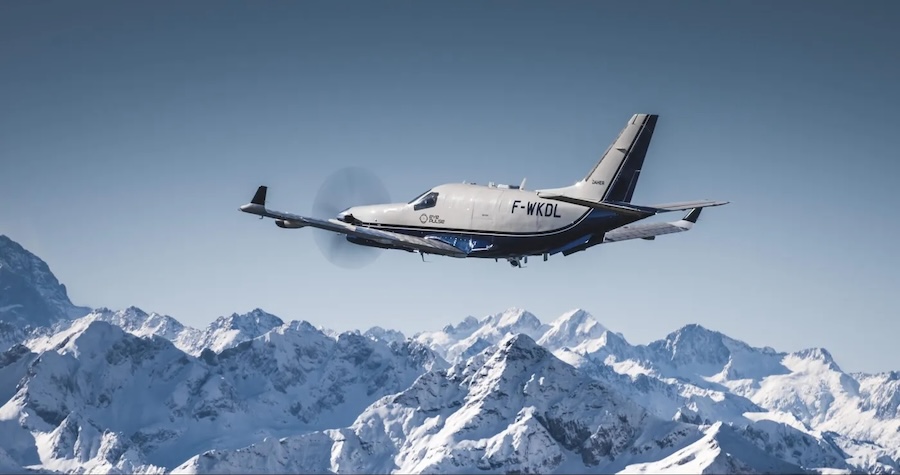In light of the current security environment, the justification for the F-35 procurement has become “even more relevant and well-founded,” Herranen explained. The aircraft has proven its operational capabilities across several mission areas, reinforcing its role as a critical component of Finland’s defence system.
Twelve European countries and 20 globally have selected the F-35 since Finland’s decision in 2021. Finland’s expertise in dispersed operations has garnered interest among F-35 users, particularly regarding its application with the new fleet.
Initial pilot and mechanic training will begin in the United States this autumn, with shorter courses for various personnel groups already underway. According to Herranen, Finland has “a solid understanding across many areas” of the system.
Domestically, F-35 infrastructure is progressing well, with Rovaniemi to be completed first. Aircraft deliveries to Finland are scheduled for late 2026, immediately followed by conversion training at the base.
Public concerns have arisen about the system’s reliability in crises, specifically rumours about a so-called “kill switch.” Herranen firmly responded: “There is no ‘kill switch’ in the F-35,” and noted that similar claims were made during the Hornet acquisition, yet Finland has operated US aircraft reliably for three decades.
Long-standing cooperation with the United States has benefited both nations, with Finnish expertise contributing to enhancing Hornet performance. Herranen said mutual trust and strong bilateral ties “form an excellent foundation” for intensified cooperation under the F-35 and NATO frameworks.
The global F-35 fleet now exceeds 1,100 aircraft, having surpassed one million flight hours in March. European users include the UK, Italy, Norway, and the Netherlands, while new agreements have been signed by Poland, Switzerland, Romania, and Germany.
Herranen highlighted the programme’s scale: “It’s evident that this hundreds-of-billions-dollar enterprise has significant economic impact for the US,” alongside its strategic and industrial value. The F-35’s performance in the HX competition was “superior,” and Finland’s understanding of its capabilities has only deepened.
Full compatibility with the US, both technically and in software, remains a key objective to ensure optimal operational benefit. Finland maintains strong ties with the manufacturer and the broader user community, supporting seamless integration.
All associated weapons procurement contracts have been signed, including the JASSM-ER and AARGM-ER missiles. Experience from Ukraine underscores their value, particularly the AARGM-ER’s ability to target enemy air defence systems, enhancing F-35 effectiveness in contested environments.
Additional weapons provide new capabilities, such as striking moving land and sea targets, and introduce non-kinetic effects and advanced reconnaissance options. These features link the Finnish Air Force more closely to land and maritime operations.
European missile integration with the F-35 is advancing, allowing future options for Finland to incorporate such systems. The Block 4 upgrade’s detailed specifications and timeline are being refined, with the programme currently on track to meet Finland’s operational requirements by 2028 (IOC) and 2030 (FOC).
Beyond capability, the HX evaluation considered security of supply, lifecycle costs, industrial cooperation, and geopolitical context. The F-35 met all evaluation criteria, including the requirement to operate independently for a set duration.
The programme will result in a significant domestic maintenance and support capability, supported by a global logistics network. Infrastructure milestones include the recent topping-out of the F135 engine assembly hall in Nokia and upcoming production at Patria’s Jämsä facility.
Seventeen industrial cooperation projects will bring considerable employment benefits. These developments also deepen Finnish-American ties and reinforce Finland’s importance to the US, supported by local spare parts reserves ensuring operational continuity.
While dependence on US defence technology is evident, including software, encryption, GPS, and communications, this is not unique to Finland. Herranen noted, “Every advanced Western fighter, including all HX candidates, relies on similar systems.”
He concluded that it is more relevant today to discuss enhancing European defence production than criticising inevitable technological interdependence. “Based on decades of cooperation,” Herranen affirmed, “I remain confident in the performance of the F-35 fleet, supported by a strong partnership with the United States and Lockheed Martin.”
Ongoing joint exercises further demonstrate this partnership, including the recent live JDAM bomb drop from a US B-52 over Rovajärvi during the Finnish Air Force’s anniversary. More collaborative events and drills are already in planning.
Source: Finnish Air Force.











